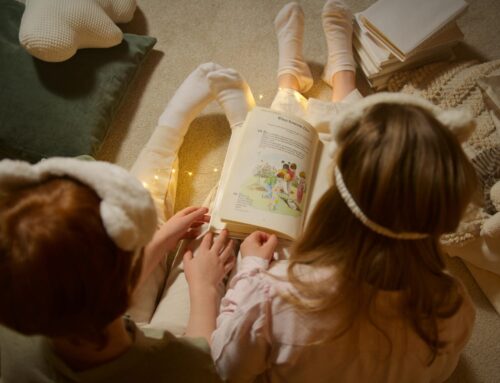Easter is a special time of year filled with joy, celebration, and meaningful traditions. For many families, it’s also an opportunity to teach children about the story of Easter in a way that is engaging and age-appropriate. One of the best ways to do this is through play! Here are some fun and interactive ways to help little ones understand the meaning of Easter.
1. Storytelling with Puppets
Using puppets is a wonderful way to bring the Easter story to life for young children.
What you’ll need:
- Simple hand or finger puppets (you can make your own with paper and craft sticks!)
- A quiet space for storytelling
How to do it:
Tell the story of Easter in a gentle and age-appropriate way, using puppets to represent key figures such as Jesus, his friends, and the angel at the empty tomb. Encourage children to ask questions and interact with the story as you go.
2. Easter-Themed Sensory Play
Sensory play is a great way to engage young children while teaching them important concepts.
Ideas to try:
- Resurrection Garden: Fill a shallow tray with soil, small rocks, and flowers to create a garden scene. Use a small stone to represent the tomb, teaching children about the significance of Easter morning.
- Tactile Storytelling: Hide small objects (such as a cross, a heart, and a tiny empty tomb) inside a sensory bin filled with rice or dried beans. Let children explore and find the objects as you discuss what they represent.
3. Easter Egg Hunt with a Message
Turn a classic Easter egg hunt into a meaningful learning experience.
How to do it:
- Inside plastic eggs, place simple pictures or short messages about different parts of the Easter story. For example, one egg might contain a picture of a palm leaf (representing Palm Sunday), while another has a heart (symbolizing love and kindness).
- As children find each egg, talk about what the picture represents in the Easter story.
4. Crafting the Easter Story
Art and craft activities help children express what they learn in a fun and creative way.
Some ideas include:
- Making an Easter Cross: Use popsicle sticks to create a cross and decorate it with bright colors.
- Handprint Easter Scene: Let children create a painting with handprints representing the sun, flowers, and an empty tomb.
Teaching the story of Easter through play makes it more accessible and meaningful for young children. By engaging their senses, imagination, and creativity, you can help them understand the love, hope, and joy that Easter represents.




